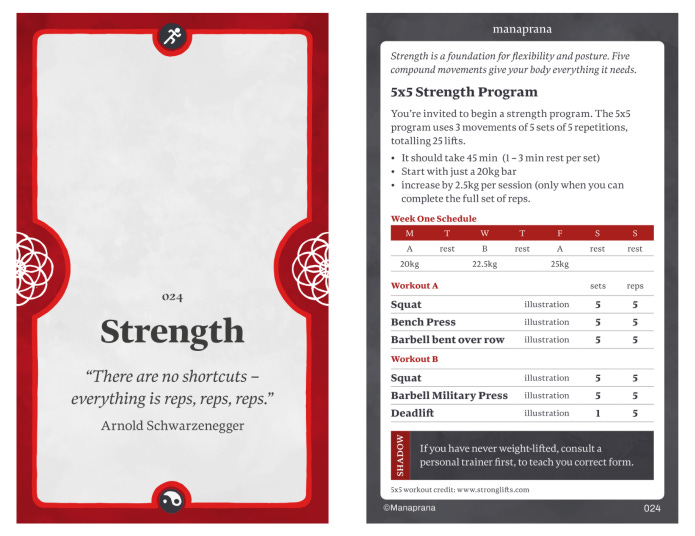How Strength Trumps Flexibility: A journey to the bottom and back again
Getting over a year of chronic pain and the importance of strength in day to day life.
This week’s essay is all around strength. Strength is card 024, a body card, with yang energy drawing energy from your root chakra. You need internal strength to perform most actions, but we often believe we’re a lot stronger than we are, until we have a catastrophic failure…
My Pain Journey
In early 2023,…




